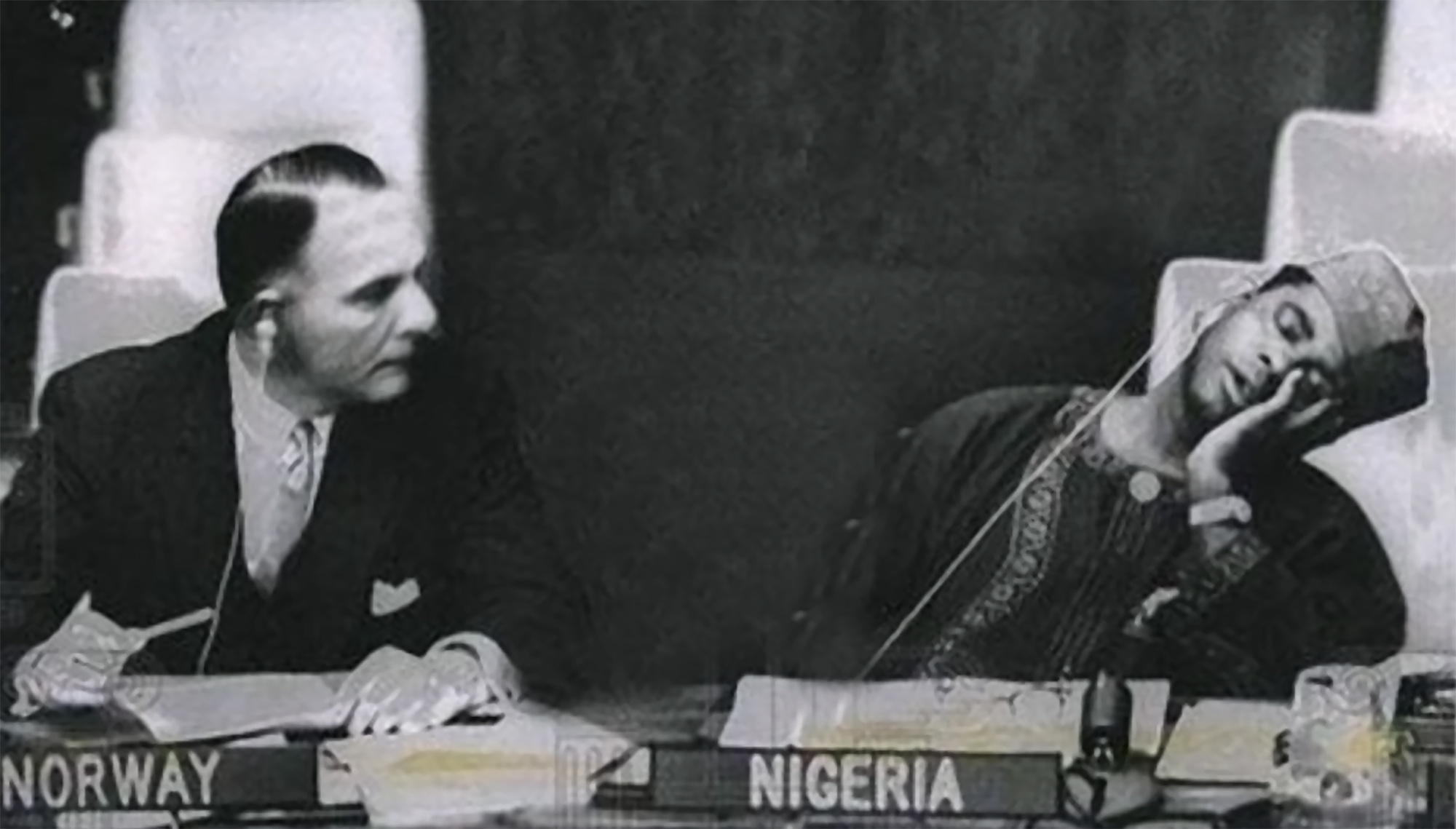Everest himself didn't want to.
- India, 1823. India's topography superintendent William Lambton dies. In 1802 the topographic study of the sub-continent began from south to north and it was collected on maps.

The great work would take more than a century to complete, but at the death of Lambton, George Everest, who accompanied him for the past five years, would take office. In 1830 he was named India's top surveyor and continued to study the territory north. Besides being an accurate surveyor, he was also an inventor and Welsh made fundamental improvements in topography instruments. He retired in 1843 without reaching the Himalayas and was named his successor Andrew Scott Waugh.
In 1852, mathematician Radhanath Sikhdar discovered the highest summit in the world and communicated it to Waugh. At the moment, this mountain is known as peak XV. But in 1856, Waugh proposed the name Everest. George Everest himself did not want this mountain, which he had never seen, to have its name and offered the Royal Geographical Society arguments against this proposal in 1857: the natives could not write and pronounce everst, and the criterion of the British topographers who acted in India was to maintain the original toponymy. That's why the highest summits in the world have names like Kangchenjunga, Cho Oyu, Manaslu, Nanga Parbat, Annapurna, etc. But Waugh argued that this XV summit did not have a clear original name, although the Tibetans called it Chomolungma (holy mother) and the Nepali Sagarmatha (mother of the universe).
With the world's second summit, K2, something similar happened, and in that case they decided to keep the code that had been put in place initially -- although they suggested the name of the explorer Godwin-Austen, it's never been an official name. But the Royal Geographical Society formalized the name Everest in 1865, a year before the death of George Everest and against his will.
The highest summit in North America is in Alaska, where locals have always called Denal (the great one). But in 1896, in honor of the President of the United States, William McKinley, the official name of the mountain was baptized as his last name. Since 2015, however, the summit has been done with its original name, Denali, demonstrating that it is not too late to correct other errors.
The Centre Tricontinental has described the historical resistance of the Congolese in the dossier The Congolese Fight for Their Own Wealth (the Congolese people struggle for their wealth) (July 2024, No. 77). During the colonialism, the panic among the peasants by the Force... [+]
New York, 1960. At a UN meeting, Nigeria’s Foreign Minister and UN ambassador Jaja Wachucu slept. Nigeria had just achieved independence on 1 October. Therefore, Wachuku became the first UN representative in Nigeria and had just taken office.
In contradiction to the... [+]
Washington (EE.UU. ), 1807. The US Constitution banned transatlantic slave trade. This does not mean that slavery has been abolished, but that the main source of the slaves has been interrupted. Thus, slave women became the only way to “produce” new slaves.
So in 1845, in... [+]
It is no coincidence that Columbus Day, that of the Civil Guard and the Virgen del Pilar coincided on that date. The three represent oppressive structures (statue, army and church). On the other hand, there is indigenous resistance and population that the Spanish State... [+]
The name of the Txagos Archipelago is commonly known by crossword fans, and by very few more. If you mention the largest of these islands, Diego García, we would be a little more what we have said: the fame – not sweet – that has achieved the US military base that is there,... [+]
From the Mountain of Navarre, thousands of people took to America in the 19th century to survive in grazing or other activities. Historian Raquel Idoate recovers in her thesis the history of some 4,000 of them: how the trip was made, how they were invested in, roles about... [+]























